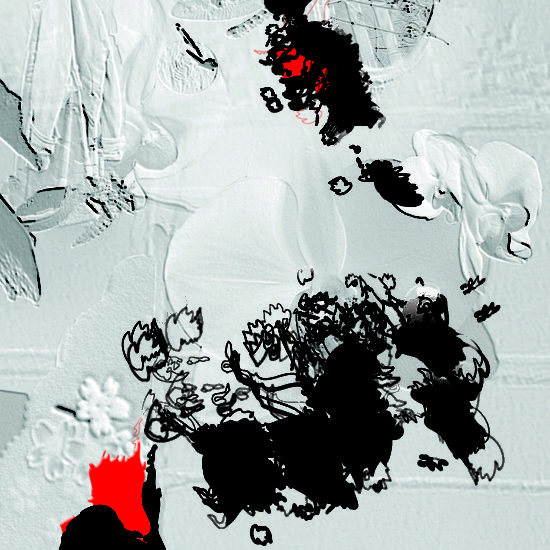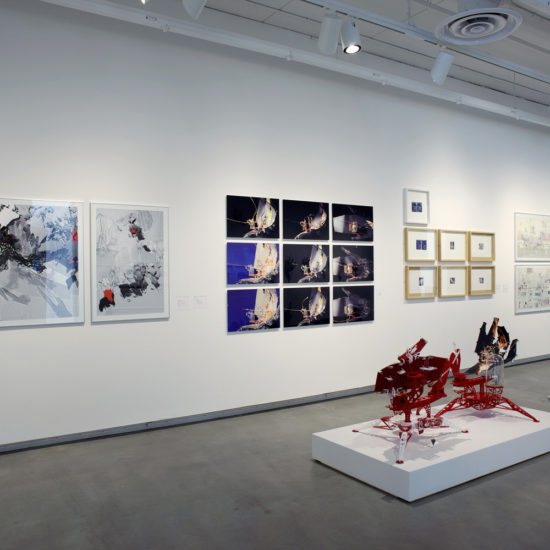This summer, architects Nat Chard and Perry Kulper will come together at Plug In ICA as the leading mentors of our Summer Institute and forUnreliable Sightings of… the first collaborative exhibition of their work in Canada.
http://pluginicasummerinstitute.blogspot.ca
This July under the theme Archive Shadows, Chard and Kulper will act as mentors, leading a select group of thirteen participants for Plug In ICA’s 2015 Summer Institute. In both concept and material, they will work collaboratively across disciplines to guide an international group of artists in explorations that construct spatial assemblages within considered situational relationships. The Summer Institute includes a dense roster of daily discussions and formal assignments as well as internal and public critiques and presentations. Special guest speakers include Eduardo Aquino and Eleanor Bond. More information about the 2015 Summer Institute, including the participants, can be found here.
In conjunction with the Summer Institute, Plug In ICA will presentUnreliable Sightings of… an exhibition of Chard and Kulper’s recent collaborative work, which includes individual projects that have contributed to their shared fascinations with architecture that is contingent and indeterminate, challenging architectural tendencies to predict how spaces are used. Their design efforts range from the production of drawing instruments, photography, manual drawings and digitally produced images that leverage uncertainty and latency through relational thinking and generative production. They frequently work with taboo areas in architecture, engaging the uncelebrated and marginalized places of more normative practices with the intention to reframe habits, teasing out fresh ways of implicating themselves, and others, in the world.
Both architects use drawing as a process and means of discovery but their working methods and outcomes are quite distinct. Chard constructs instruments that make drawings. The instruments produce complex splattered drawings that challenge the certainties of perspective constructions , opening questions about authorship while valuing the potential of unpredictable results. Chard’s instruments maintain a tensional play between controlled and indeterminate outcomes, probing the possibilities of world-making in which the author is implicated in making sense of the fragmentary evidence.
Kulper makes mostly hand-made drawings that search for a resonance between content and form. Varied ideas motivate the specific direction of each piece of work including familiar strangeness, split temporalities, ambiguity and suggestiveness. Diverse design methods are utilized alongside tailored drawings, searching for broadened conceptions of architecture- all obsessively worked to avoid the “temptations of reduction” and to discover the cultural agency and spatial potential of architecture.
Their collaboration is grounded in generative speculations – in a game of what ifs and maybes, searching, like detectives at a crime scene for evidence, reconstructing the scene. Their working techniques and methods come together as they seek contingent architectures that invite broadened engagement, offering a range of spatial and experiential possibility.
Kulper works from his basement in Ann Arbor, Michigan, while Chard works from his studio garage in Brighton, UK. They collaborate mainly through correspondence that includes project specific exchanges as well as more general conversation on how space elicits behavior. At best their discussions contaminate each other’s works – non-sequiturs, hunches and flat-out shots in the dark are mixed with intended and disciplined inputs, infiltrating the thinking of one another. The collaborative work presented is generated from discussions as well as aspects that deviate through mis-readings of transmission and translation. Kulper and Chard are both interested in nurturing conditions where those who engage with architecture are implicated in making sense of an assembly of ideas and the emergent spatial possibilities- rather than capitulating to architecture that controls outcomes.






